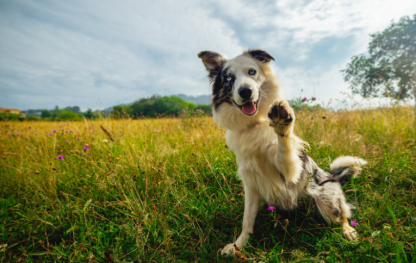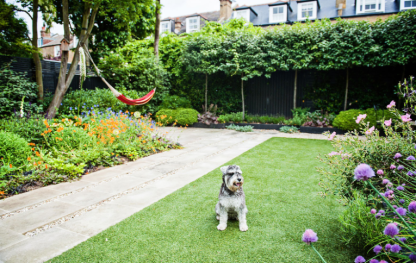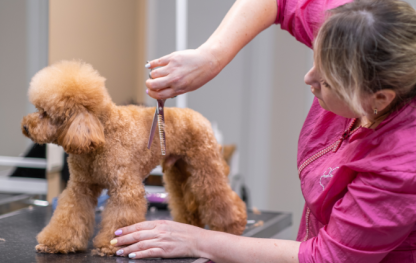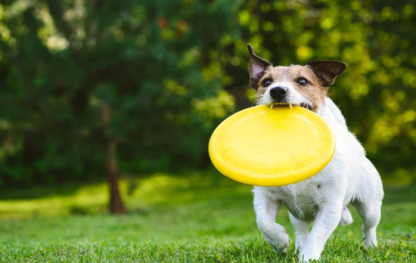The Importance of Socialization: How to Introduce Your Dog to New Environments
Socialization is a vital part of your dog’s development, and it goes far beyond simply meeting other dogs. It’s about teaching your dog how to confidently navigate the world—whether that means walking through a bustling park, visiting a friend’s home, or hearing a vacuum for the first time. A well-socialized dog is not only happier but also more adaptable, calm, and easier to manage in unpredictable situations. For women balancing a busy home life, work, and pet care, a well-socialized dog can bring more harmony and ease into daily routines.

1. Start Early—But It’s Never Too Late
Puppies go through a critical socialization period between 3 and 14 weeks of age, when they’re most open to new experiences. During this window, it’s ideal to introduce them to as many safe people, animals, and environments as possible. But even if your dog is older or comes from a background with limited exposure, don’t worry—socialization is always possible with time, patience, and consistency. For older dogs, start with calm, low-stimulation environments to avoid overwhelming them and slowly build their comfort levels over time.
2. Use Positive Reinforcement to Build Confidence
Whenever you introduce your dog to a new setting—whether it’s a vet’s office, busy sidewalk, or friend’s home—bring along treats, toys, and lots of praise. Associating new experiences with positive outcomes helps your dog feel safe and secure. For example, if your dog encounters a new surface like a metal grate or wooden bridge, reward them the moment they investigate it without fear. This encourages curiosity and reduces the chance of anxiety in future encounters. Consistency and encouragement are your best tools for building a confident, well-adjusted pup.

3. Read Your Dog’s Body Language
Understanding your dog’s signals is essential when introducing them to unfamiliar spaces. Look for signs of stress or discomfort—like tucked tails, lip licking, yawning, or cowering. If your dog shows any of these behaviors, it’s a sign they may need more time or a gentler introduction. On the other hand, a relaxed body, wagging tail, and alert (but not anxious) posture indicate curiosity and comfort. Learning to recognize these cues allows you to adjust the environment or pace as needed and builds trust between you and your dog.
4. Keep Sessions Short and Positive
The goal of socialization is to create positive experiences, not to overwhelm. Short, successful sessions are far more beneficial than long ones that leave your dog anxious or overstimulated. Try short outings to quiet parks, short visits to pet-friendly stores, or quick meet-and-greets with calm dogs. As your dog builds confidence, gradually increase the duration and complexity of these experiences. Always end on a good note—with a reward, a cuddle, or a fun game—to reinforce the idea that new things can be exciting and safe.

Final Thoughts
Socialization isn’t a one-time task—it’s a lifelong journey. The more your dog is gently and positively exposed to the world, the more resilient and well-behaved they’ll become. Whether you’re raising a new puppy or working with an older rescue, introducing your dog to new environments with patience, care, and positivity lays the foundation for a confident, adaptable, and deeply connected companion.





